Reverse Logistics: Containing Costs Without Losing Customers
E-commerce returns have skyrocketed, creating a costly challenge for retailers as online shopping surged during the pandemic. Free returns initially drove sales, but the overwhelming flood of merchandise has prompted many retailers to rethink their policies, with return fees becoming more common. As return rates decline and sales are impacted, retailers must balance cost management and customer satisfaction in this evolving landscape.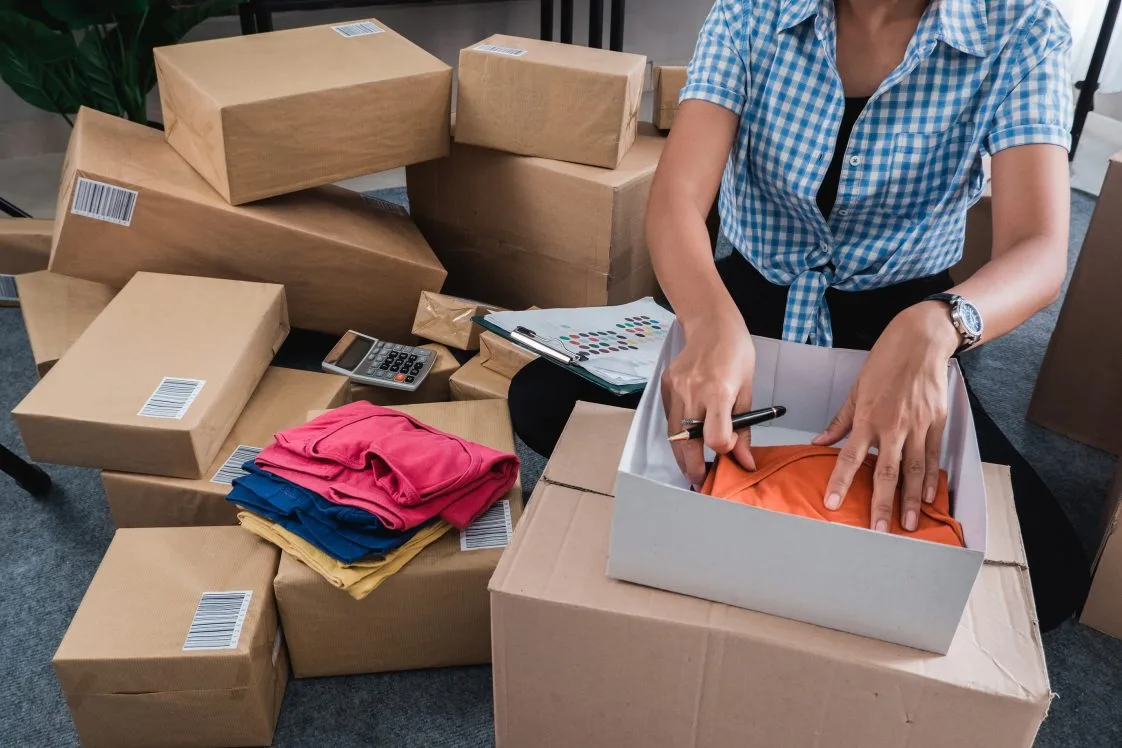
Easy returns boosted e-commerce by easing shopper hesitation. During the pandemic, online orders surged—and so did returns when homes turned into fitting rooms. BORIS (buy online, return in store) made returns easier, but high volumes pushed some retailers to refund without taking items back.
Returned merchandise became a costly problem. In 2022, retailers processed $800 billion in returns, according to the National Retail Federation. In e-commerce, returns spiked at 21.7% in 2021, then declined to 19.3% in 2022, and were expected to settle at 18.2% in 2023. It is forecast to fall to 14.7% by 2026, according to Insider Intelligence.
During the pandemic, retailers offered free returns to ease uncertainty. As things normalized, many began quietly tightening return policies to cut costs and discourage over-ordering.
By mid-2023, more than 81% of retailers were charging for at least one return method – and the numbers are expected to increase.
Introducing return fees has reduced return rates for 53% of retailers, but 48% have experienced lower average order values and sales. If this continues retailers may need to rethink their return fee policies and overall reverse logistics approach.
Retailers are caught between managing the cost of returns and risking losing customers by making returns more difficult.
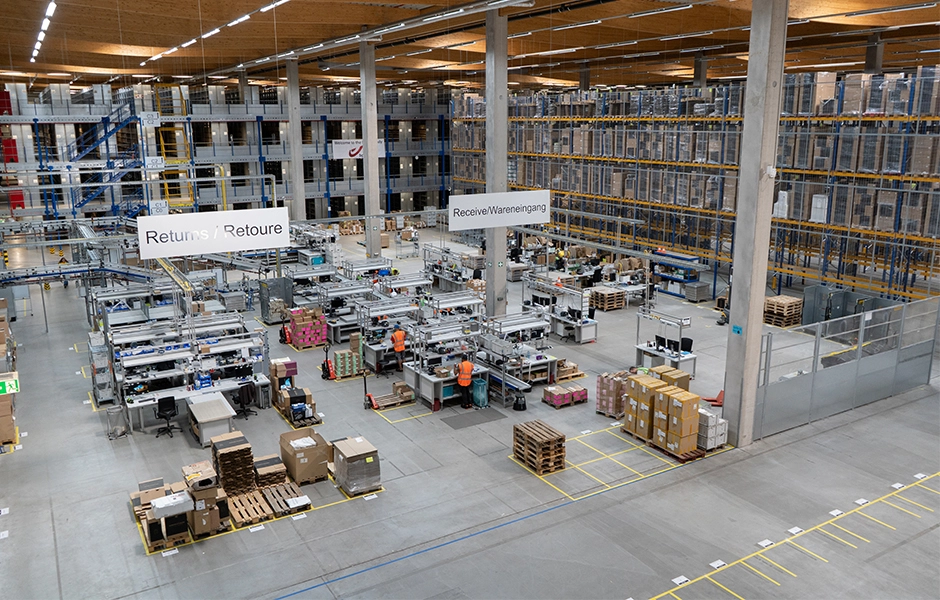
What consumers have to say
Return policies heavily influence shopping decisions. Radial’s survey revealed that 68% of online consumers find a brand’s return policy crucial when choosing to shop with them. PayPal found that 80% check return policies before first-time purchases, and 55% abandon carts if the policy lacks convenience.
Further, 76% of online consumers want retailers to offer free returns with the brands covering the return shipping cost, and 64% want free returns at store.
Consumers value having options. Among retailers charging for one return method while offering a free alternative, 59% saw more shoppers opting for the free return. Additionally, 39% of consumers expect free returns if free shipping isn’t available.
Where do consumers prefer to return items? Nearly two out of three (64%) favour in-store returns, likely for convenience. However, 48% would still choose mail-in returns, 39% want pickup by a carrier at consumer location, and 38% are happy to drop off returns at a third-party location.
Retailers struggle with the returns dilemma
In a Radial survey, three out of five retail executives reported that the biggest challenges they face in reverse logistics are the cost to repackage/restock (60%) and returned inventory that cannot be exchanged (60%).
Additional challenges were maintaining healthy profit margins (43%), customers returning too much inventory without exchanging it (39%), and limited warehouse or storage space (14%).
When asked what change they would make to the returns process to improve profitability, again, three out of five retail executives reported that they would streamline the returns process (61%) and offer shorter return windows (61%).
Of those NOT charging for returns, 42% said they would charge, while 32% said they would partner with a returns partner to take reverse logistics off their plate, and 15% indicated they would implement a resale platform or discount channel.
It’s clear that retailers need to continue to strategically address the returns process.
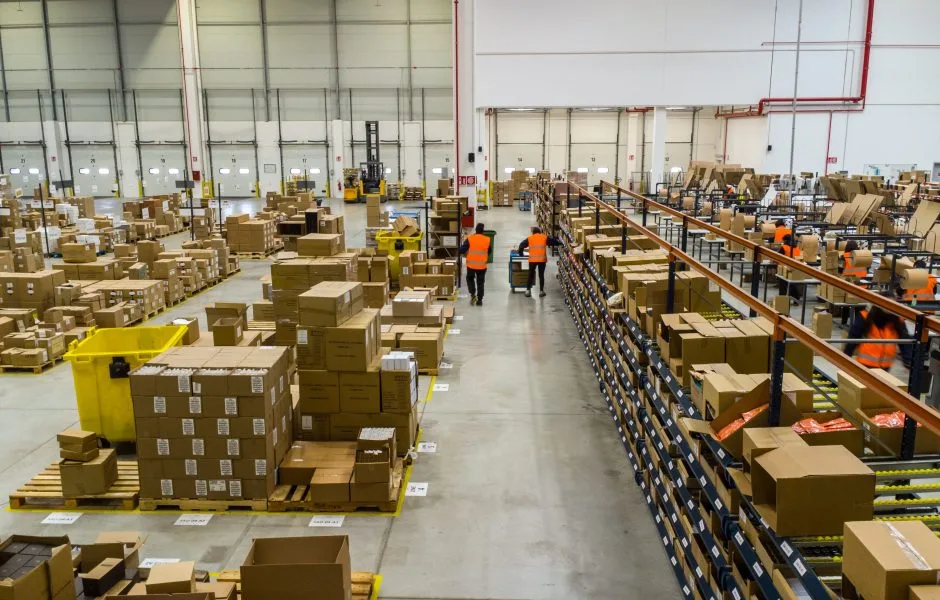
It’s not just about profits
Returns take a toll on the planet, too. In 2022, U.S. returns generated 9.5 billion pounds of landfill waste and 24 million metric tons of CO₂. Mail-in and warehouse returns add to emissions, while in-store returns that are resold help reduce this impact.
While charging return fees helps to offset the cost of processing returns and the hit on revenue, it does not address the environmental impact. At a time when many retailers are highlighting their sustainability policies through using recycled packaging and reducing their carbon footprint, reverse logistics currently works against these efforts.
There are many factors to consider, but customer experience must remain the priority in shaping return policies. Failing to do so risks losing both customers and profits. Retailers must balance customer satisfaction with business needs and address underlying issues before implementing new policies.
Gaining customer buy-in for change
Before changing return policies, retailers should consider what drives customer loyalty. Shoppers value fair pricing, convenience, personalization, availability, respect, and flexible shopping options. Brands that meet these needs and build real relationships earn stronger, longer-lasting loyalty.
Customers aren’t loyal to brands—they’re loyal to how a brand makes them feel. If the experience slips too far, they’ll move on. Strong relationships can buy forgiveness, but only to a point.
People are generally more willing to accommodate undesired change when they have empathy for the reason behind it. In the pandemic overwhelm of a staggering number of returns, and the financial pressure retailers were facing, few retailers that implemented return fees gave any explanation to consumers.
Brands need to tell their story and give consumers the opportunity to understand the why behind the need for change; then invite them to be part of the solution.
Tell the returns story
From a human empathy point of view, the returns story is one that consumers can identify with. Let’s break down the components that offer opportunity to gain emotional buy-in from consumers:
- Overwhelm – who hasn’t felt this emotion during the pandemic?
- Overworked and understaffed – another common feeling that people have had during the last few years
- Impact on environment – many consumers would think twice about returns if they knew how much waste and emissions it created
- Vulnerability – no one wants to admit they are vulnerable, but it is the most relatable human emotion; brands that cannot find a solution for the return process are vulnerable to not being able to deliver on their brand promises
- Humility – brands that show humility and ask for help endear themselves to people
All of these emotions are part of the returns story. And all of them, when shared from a place of authenticity and honesty, will gain people’s buy in to accept and make changes that don’t feel good, but that are necessary for a sustainable future.
Getting the “why” out in front of consumers in a sincere and relatable way is a crucial step to successfully implementing change without offending or turning away consumers.
Without a relatable explanation, shoppers will see charging for returns as greedy, self-serving, and as rescinding on the customer experience promise. So, how do you strike that balance?
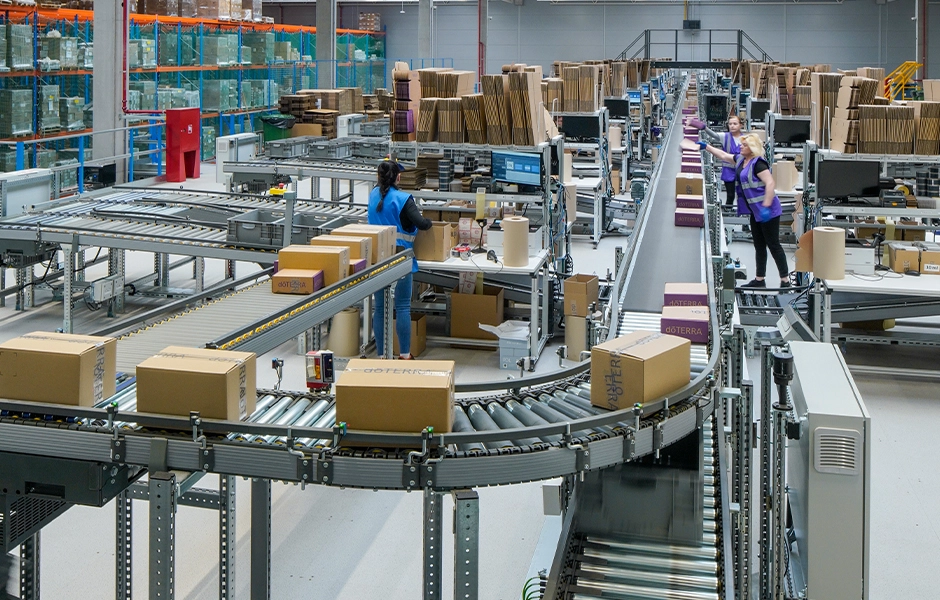
Creating a sustainable returns process
Returns are an inherent aspect of retail. But what do they truly signify?
- A mismatch between what the customer wanted and what they received
- Lack of adequate information about the product
- Lack of confidence in the buying decision
- Damaged or defective products
Each return is a missed chance to inform, reassure, or deliver the right product in perfect condition. While buyer’s remorse happens, most returns reflect a product or experience that didn’t meet the customer’s needs.
Here are the top reasons customers return items:
- 70% “it didn’t fit”
- 65% “item was damaged or defective”
- 49% “item not matching the description”13
Reducing returns is less about containing costs and more about delivering a precise, positive customer experience. Consumers will not return items that fit their needs and desires.
To reduce returns overall, brands need to focus time and attention on improving the customer experience. A better customer experience naturally leads to fewer returns.
7 effective ways to reduce returns
The following are ways to shape how, why, when, and where consumers return items. Used as part of a comprehensive strategy to simultaneously improve CX and reduce returns, they help shape consumer behavior towards desired outcomes without damaging the customer experience.
1. Provide More Detailed Information.
Consumers want a smooth, informed shopping experience. The more details a brand shares—especially through reviews, photos, videos, and Q&As—the more confident buyers feel. Accurate orders, supported by tools like sizing charts and user generated content (UGC), help reduce returns, with nearly two-thirds saying UGC makes them less likely to send items back.
2. Shape the Return Policy So It Rewards the Behavior You Want.
Consumers want choices, and retailers can guide them by designing return policies that encourage preferred methods. Want more in-store returns? Make that option free, while charging for pricier return routes. Strategic incentives help steer shoppers toward lower-cost, brand-friendly solutions.
3. Make Free Returns a Members’ Perk.
Loyalty or reward membership programs are ideal places to offer free returns, especially for e-commerce brands that do not have stores. Consumers that value free returns will be incentivized to sign up or pay an annual membership fee, which can help offset the costs of returns. Some retailers are also placing free shipping within the perks of their membership programs.
4. Put Timeframes on the Acceptable Return Period (or Not).
Some retailers cut return windows to 30 days, pushing customers to act quickly—and often miss the deadline. Interestingly, studies show that open-ended return policies can actually lead to fewer returns, as people tend to delay and then forget altogether.
5. Limit the Categories and Condition of Items That Can Be Returned.
Electronics, beauty products, and some furniture cannot be returned unless unopened and within very limited timeframes at most retailers. Limiting items that are costlier to process in returns or more difficult to resell can help reduce reverse logistics cost and deter returns.
6. Donate Returned Products to Charity.
Some retailers may find that donating returned items to charity, rather than processing them, is a wiser use of money. If so, retailers can inspire consumers to donate rather than return, and encourage recycling unwanted items within the economy.
7. Collect Data on Returns.
Understanding why customers return items helps you fix the root causes. Ask for return reasons, spot trends, and watch for fraud. While “no ask” returns are popular, collecting this info benefits retailers. Also, get feedback from return staff to find ways to improve or automate the process.
Crafting a return policy to naturally hinder returns — even if the returns are free — will help reduce costs. The next step is to make sure your policy is clear, visible, and easy to understand.
Make it obvious and easy
The return policy is part of the buying decision and consumers need to know what it is before they checkout. Make the return policy obvious and easy to understand —put it in front of consumers at multiple stages of the buying process and make sure the language is clear. Include messaging about your returns story and let them know what their options are.
When shoppers know and understand the return policy, they can make a confident decision. They also cannot claim that they were not informed. Requiring a checkbox “agree to” the return policy during checkout can help prevent fraudulent returns and consumers from saying they were never informed of the policy.
The consumer side of returns is only half of the issue. Retailers also need to address returns with supply chain, logistics, and transportation partners.
Negotiate return policies with suppliers
With the customer experience designed to reduce returns, retailers must evaluate their backend supply chain processes to help minimize the cost of reverse logistics. Choose suppliers, in part, based on their return policies and what it will cost to send products back to them, get replacements, or be compensated for damaged products.
Leverage transportation space & cost
Retailers should regularly evaluate their transportation methods, policies, and costs. For reverse logistics, they can determine if trucks delivering products can also pick up returns. Discuss rate negotiations with carriers, as well. Anywhere the order fulfillment and reverse logistics processes can be integrated or shared in transportation will help reduce costs and speed up the time it takes for product to be restocked, replaced, refurbished, or recycled.
Prepare year round for peak season
Post-holiday is peak return season, but smart retailers plan year-round. A strong return process reduces costs and keeps customers happy—especially since they aren’t thinking about reverse logistics, nor should they. Clear policies, helpful content, and accurate orders through better supply chain management all play a key role in cutting returns and boosting buyer confidence.
Returns is a complex process that involves many parts working together to achieve a positive outcome for the consumers. Retailers may choose to handle all aspects of reverse logistics themselves or outsource part, or all of it, to a partner.
Scale & streamline with a reverse logistics partner
Many retailers rely on third-party logistics partners to manage fulfillment, including returns. These experts streamline reverse logistics, working with brands to keep the process smooth and cost-effective. Outsourcing returns can reduce expenses without hurting the customer experience.
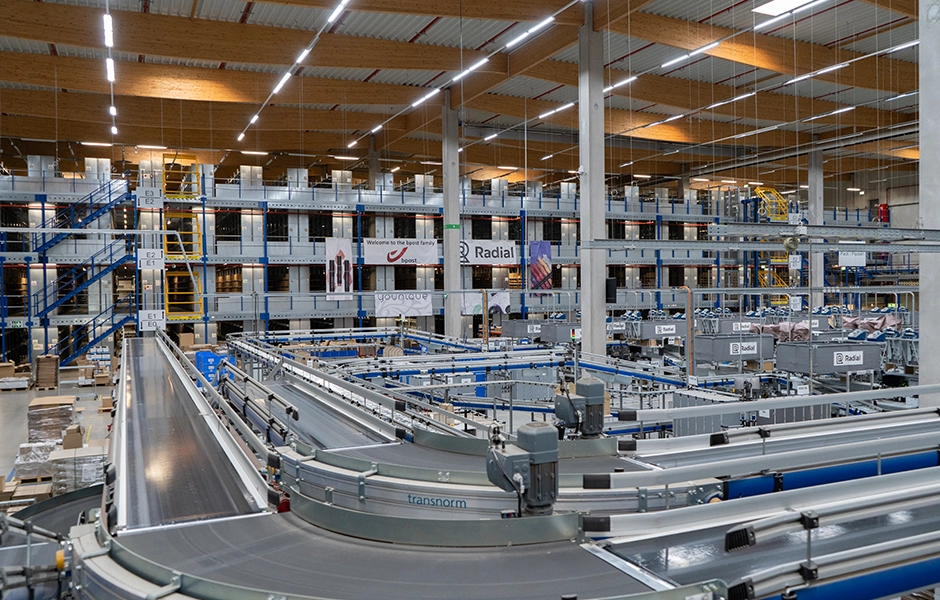
Radial Europe, Halle Fulfillment Site, Germany
Radial takes the pain out of customer returns
For over 30 years, Radial has helped retailers simplify and optimize reverse logistics. With the right technology, trusted partners, and deep operational expertise, we tailor solutions to your business—making returns seamless for your customers. While returns are inevitable, we help minimize the cost and complexity, delivering a smoother experience both during peak and year-round.
Contact Us (EUR)
By submitting this form, you agree to our friendly privacy policy.

